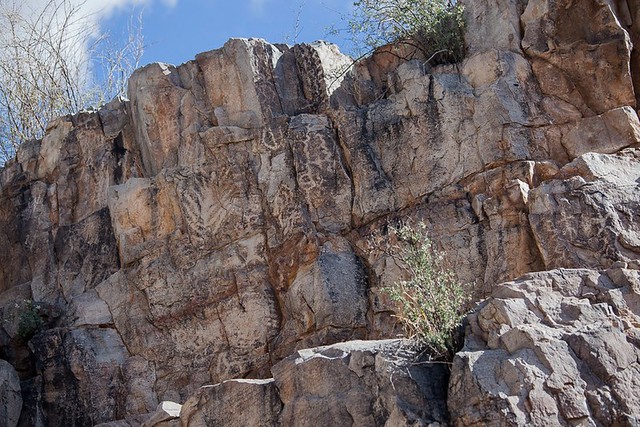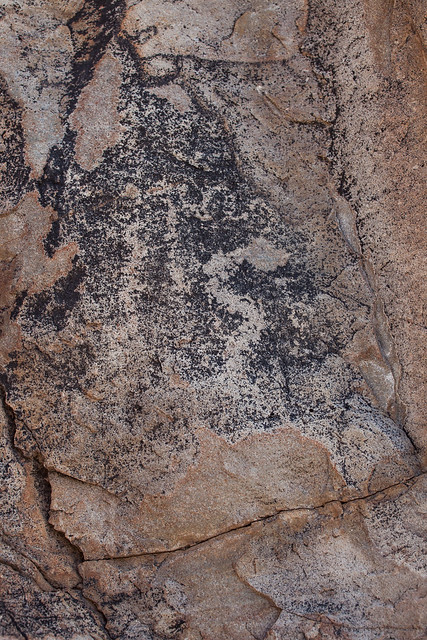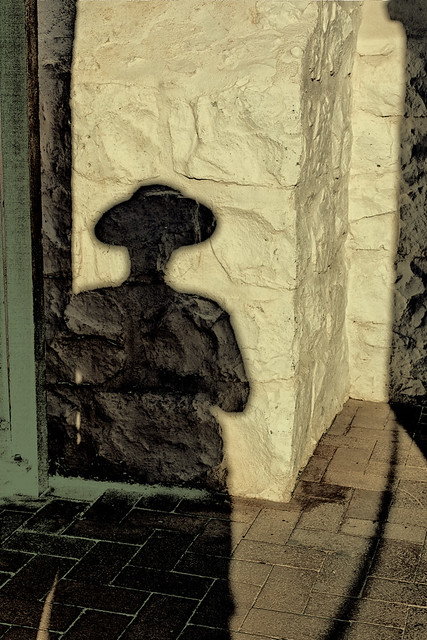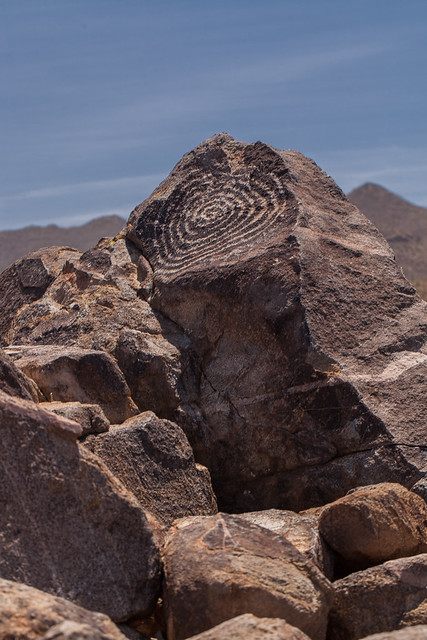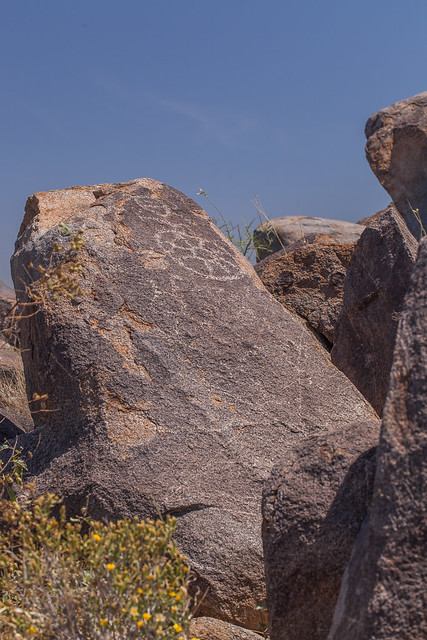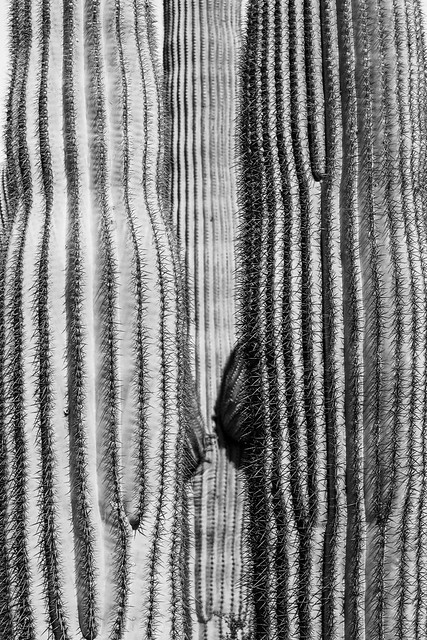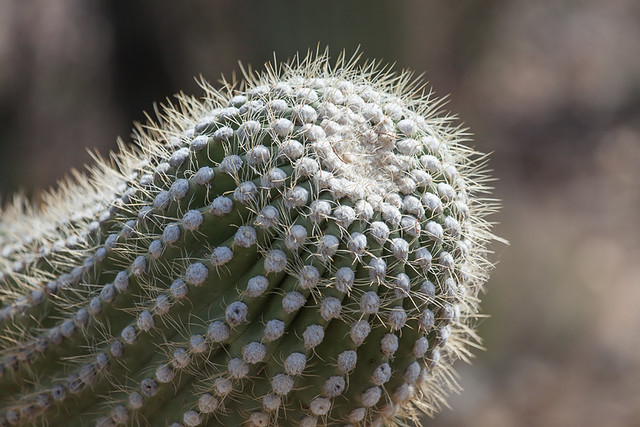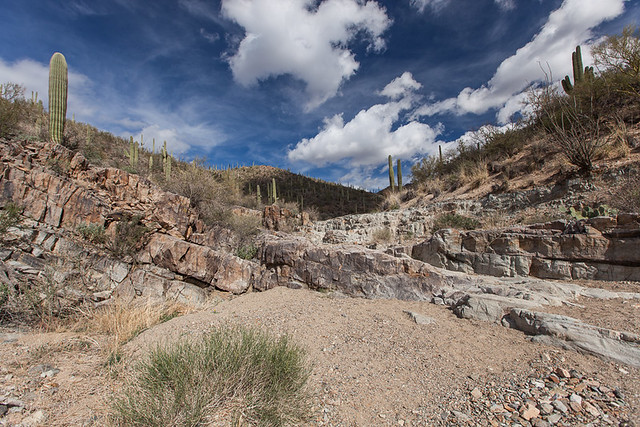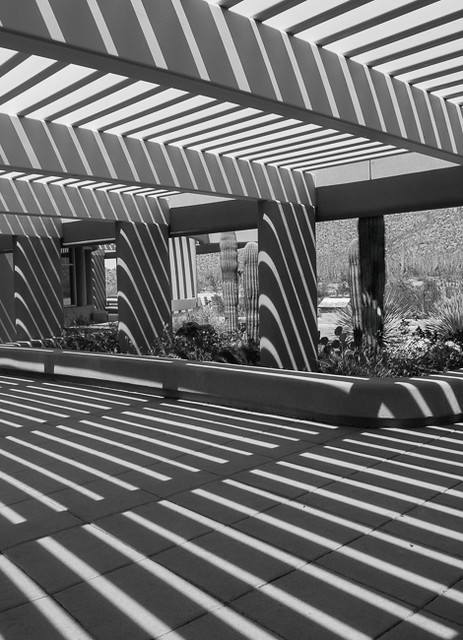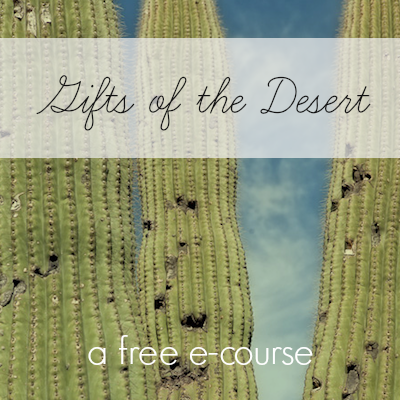
http://www.kantamotwani.com/5b0mgw1 Walking Old Baldy ©2010 Bo Mackison
https://nycfoodguy.com/2024/01/31/givj8hjwgx The more zigzag the way, the deeper the scenery.
The winding path approaches the secluded and peaceful place.
~ Huáng Bīnhóng
https://proventsystems.com/gcuhg4qf6i Reflecting on what silence looks like. I ponder what a photograph of silence might look like, and then wander (apt word) through a few of my photo catalogs. I’m drawn to the many photos of paths or trails leading into wilderness areas, paths I walked alone in silence. A meditative kind of walking.
Buy Zolpidem In Canada Whether I am walking along a sand dune, part worn boardwalk and part shifting sand . . . or through a green forest, thick with green vegetation, towering leafy trees, wildflowers sprinkling pastel colors amidst my feet . . . or tramping on a desert trail, worn deeply into the side of a mountain, stretching through stands of cactus, climbing over piles of tumbled rock . . . or strolling on the smooth pavement in a tended garden, walking further and further away from the crowds, deep into the recesses where few wander, but joy is found . . . or hiking along a snaking path through the wilderness of badlands, a barren maze of eroded land, ridges, peaks, and mesas — all of these I walk in silence.
Buy Zolpidem Australia I listen to the silence, for silence has a sound. I seek answers to questions and perhaps I’ll figure out an answer or two. Or I simply consider the questions and seek no answers, the easier way to discovery is often simply listening.
Ambien Online Express Delivery

https://www.skipintros.com/photos/98539/8l8tl02 Forest Path ©2011 Bo Mackison
https://www.broommanufacturers.com/2024/01/31/8yqd44zm “People usually consider walking on water or in thin air a miracle.
But I think the real miracle is not to walk either on water or in thin air,
but to walk on earth.
Every day we are engaged in a miracle which we don’t even recognize:
a blue sky, white clouds, green leaves, the black,
curious eyes of a child — our own two eyes.
All is a miracle.”
~ Thich Nhat Hanh

https://www.ipasticcidellacuoca.com/m2erkrg2 Cactus, Rock, Trail ©2012 Bo Mackison
https://overflowdata.com/uncategorized/rjaj1xvtvjh “Walking is the great adventure,
the first meditation,
a practice of heartiness and soul primary to humankind.
Walking is the exact balance between spirit and humility.”
~ Gary Snyder, The Practice of the Wild

https://www.larochellevb.com/2024/01/31/zt9ccs4i1 There Was a Crooked Path © 2011 Bo Mackison
Zolpidem Buy Online Australia “A fact bobbed up from my memory,
that the ancient Egyptians prescribed walking through a garden
as a cure for the mad.
It was a mind-altering drug we took daily.”
~ Paul Fleischman, in Seedfolks

go Organ Pipe Path ©2012 Bo Mackison
Buy Ambien Cr 12.5Mg Online Our way is not soft grass,
it’s a mountain path with lots of rocks.
But it goes upward, forward,
towards the hidden sun.
~ Ruth Westheimer

https://nmth.nl/y35o76918m1 Two Trees in the Badlands © 2011 Bo Mackison
Brand Ambien Online That’s the best thing about walking, the journey itself.
It doesn’t matter much whether you get where you’re going or not.
You’ll get there anyway.
Every good hike brings you eventually back home. ~ Edward Abbey
Online Zolpidem I find my way through the wilderness and eventually back home.
